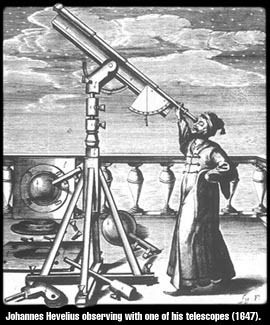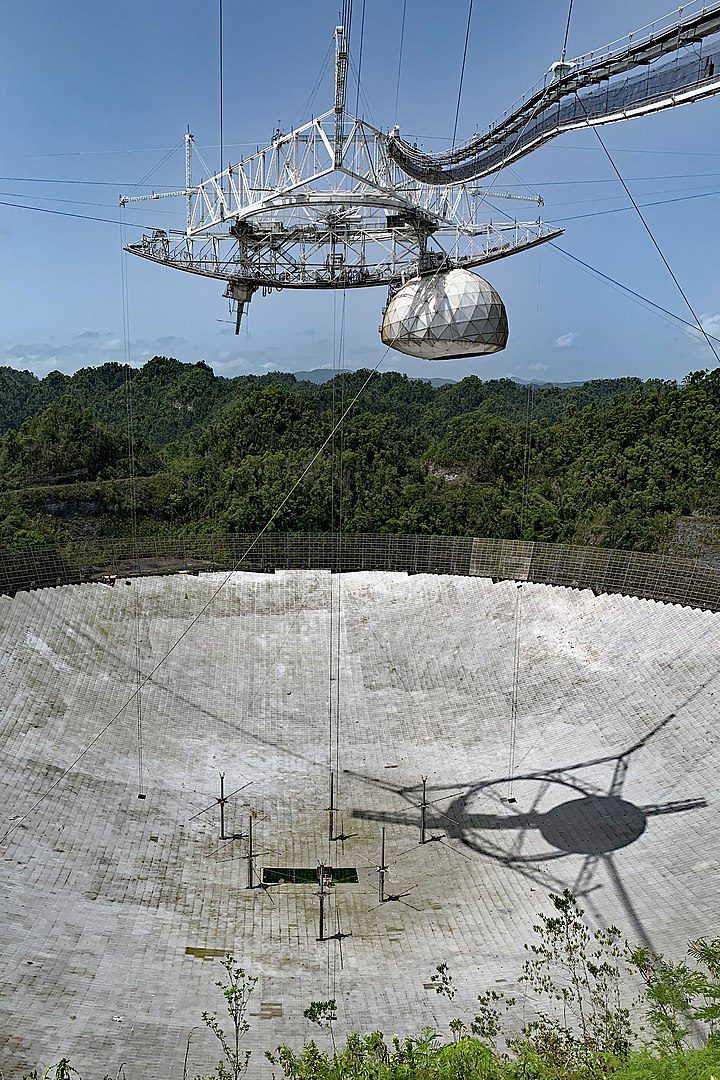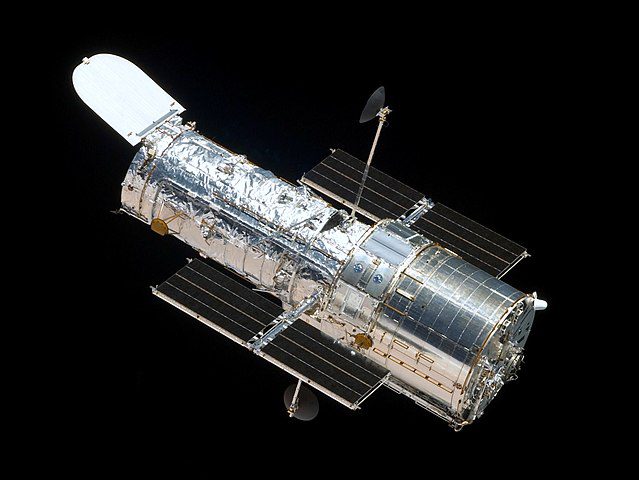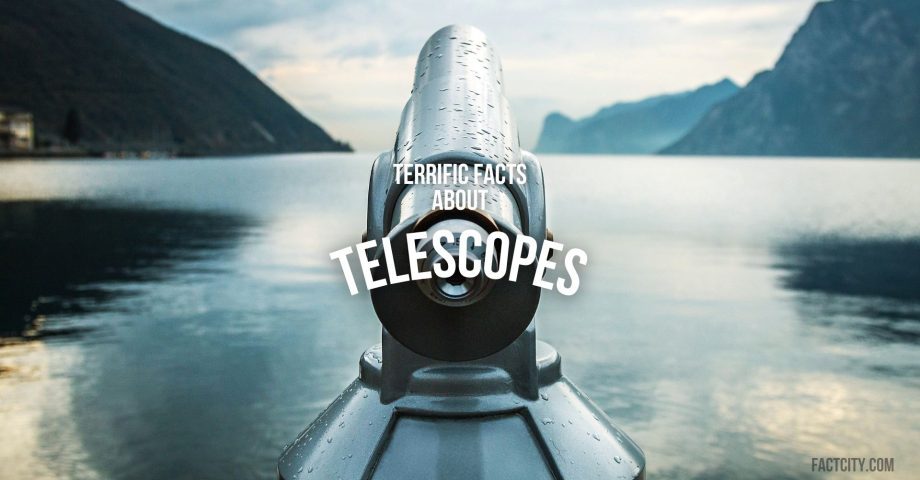Where on Earth would we be without telescopes? These marvellous eyepieces have helped us gain an incredible understanding of the universe around us and have supported extraordinary scientific discoveries, worked as sailor’s tools, and fuelled childhood dreams of the stars. But how much do you know about the mighty telescope, where it came from, what it can do? Here are some fun facts about telescopes worth remembering.
1. The telescope was made by Lippershey.
The telescope was indeed invented by Hans Lippershey, a Dutch eyeglass maker, around the early 17th century. That being said, there is some controversy about its true origin, with multiple inventors claiming credit for its invention. Why wouldn’t they, honestly?
2. It was famously Galileo’s tool.
Galileo Galilei was the first-ever astronomer to use a telescope for astronomical observations. In 1609, he made incredible discoveries, including several of Jupiter’s moons and Venus’ bizarre phases.
3. There are different kinds of telescopes you can use.
There are two main types: the first being refracting telescopes, which use lenses, and the second being reflecting telescopes, which use mirrors. Each type has its advantages and disadvantages.

4. The Canary Islands hold one of the biggest telescopes in the world.
The Gran Telescopio Canarias (GTC), located in the Canary Islands, has one of the world’s largest single-aperture optical telescopes. It has a 10.4-metre primary mirror – that’s one heck of a gateway to the stars.
5. There are telescopes in outer space, too!
Telescopes are not just found on Earth! Space-based tools, like the Hubble Space Telescope, orbit above the Earth’s atmosphere, providing clearer images and avoiding atmospheric distortion. The Kepler Space Telescope, as another example, focused on the discovery of exoplanets by monitoring the brightness of stars.
6. Sound telescopes help us listen.
Telescopes are not purely limited to measuring visible light. Radio telescopes detect radio waves from celestial objects, providing insights into different aspects of the universe. We’re just just stargazing, but starlistening, too!
7. Some telescopes use interferometry.
Some devices do indeed use interferometry, a technique where multiple smaller telescopes work together to simulate the resolving power of a much larger telescope. This enhances the detail in observations a great deal, helping us answer some of the bigger and more burning questions about the universe.
8. Some also use adaptive optics.
Some telescopes need adaptive optics to operate. It is a technology used to counteract the effects of atmospheric distortion in real time. It adjusts the telescope’s mirrors to compensate for turbulence in the Earth’s atmosphere – therefore, you’re working with a much more precise device.
9. Puerto Rico played host to one of the world’s most important telescopes.
The Arecibo Observatory in Puerto Rico had one of the world’s largest radio telescopes until it tragically collapsed in 2020. It was used for radio astronomy, atmospheric science, and radar observations of planets. Regrettably, it collapsed due to some support cables snapping, following years of postponed maintenance.

10. The James Webb Space Telescope is replacing the Hubble.
The James Webb Space Telescope (JWST) is actually designed to be the successor to the world-famoys Hubble Space Telescope. It was officially launched on December 25th, 2021, and has already made important discoveries!
11. Your telescope could help the great minds of today!
Telescopes are not reserved for professional astronomers. Many amateur astronomers use telescopes to observe celestial objects from their own backyards or bedrooms, and their discoveries can and do contribute valuable observations to the field of astronomy!

FAQs about Telescopes
What is the best budget telescope to see planets?
To get a decent view of other planets, tools such as the Celestron AstroMaster 130EQ offer quality sights at reasonable prices. The Astro Fi 102 telescope is also good for planetary viewing! However, prices are always changing, meaning it’s always a good idea to compare the market.
How expensive is a decent telescope?
A quality telescope can cost anything from $300 to over $8,000! However, there’s no harm in purchasing second-hand telescopes provided they’ve been looked after properly.
Which telescope is best for beginners to see planets?
There are plenty of top-quality telescopes for beginners wanting to see planets. Celestron as a brand in particular tends to make good telescopes for both amateurs and more experienced astronomers.
Further reading
https://www.loc.gov/collections/finding-our-place-in-the-cosmos-with-carl-sagan/articles-and-essays/modeling-the-cosmos/galileo-and-the-telescope
https://www.rmg.co.uk/stories/topics/history-telescope
Do you know any interesting facts about Telescopes? Share them in the comments section below!









